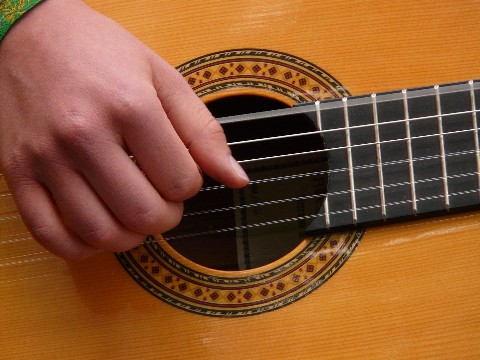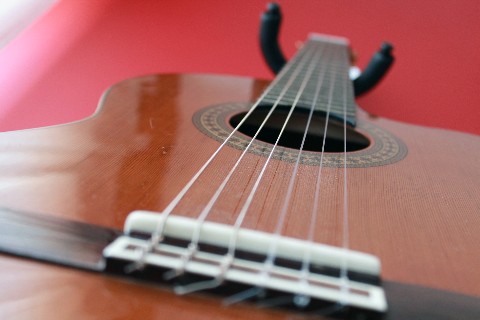Tuning a guitar by ear is a valuable skill every guitarist should develop. Not only will it help you develop a closer connection with the instrument, but it will also enhance your ability to perform in different musical situations. Here’s a beginner’s guide to tuning a guitar by ear:
1. Reference pitch
First, get a reference tone. You can use a piano, tuning fork, online tuner, or tuning app to produce a reliable E-note. This E note will serve as your starting point.
2. Low E string tuning
Play the reference E note on the source of your choice.
Play the open bass E string (thickest string).
Listen carefully for the tone. Adjust the tuning peg on the low E string until the two pitches match.
3. Use the Five-Pin Method
The fifth fret method involves using the fifth fret of one string to tune the next. Here’s how to apply this method:
Play the reference E note.
Press the 5th fret of the low E string. This produces an A note.
Play the empty A string (fifth string).
Adjust the tuning peg on the A string until the two notes (5th fret of low E and empty A) match.

4. Tuning of remaining strings
Continue using the fifth-fret method to tune the remaining strings:
Use the 5th fret of the A string to tune the open D string.
Use the 5th fret of the D string to tune the G string.
Use the 4th fret of the G string to tune the B string.
Use the 5th fret of the B string to tune the high open E string.
5. Inspection interval
After all the strings are tuned, play adjacent strings together to check the intervals. For example, playing the A and D strings together can hear a perfect fourth interval. Play the D and G strings together to hear a perfect fourth. This will help ensure that your guitar is in tune on all strings.
6. Practice and Patience
Tuning by ear takes practice and patience, especially for beginners. At first, your ears may not be used to detecting small differences in pitch. With more practice, your ears will become more attuned to these differences.
Tuning a guitar by ear is a rewarding skill that allows you to connect more deeply with your instrument and the music you create. While developing this skill may take time, the more you practice, the better you’ll be at recognizing pitch differences and tuning accurately. With perseverance, you can confidently tune your guitar by ear, whether you’re playing alone or with others.






